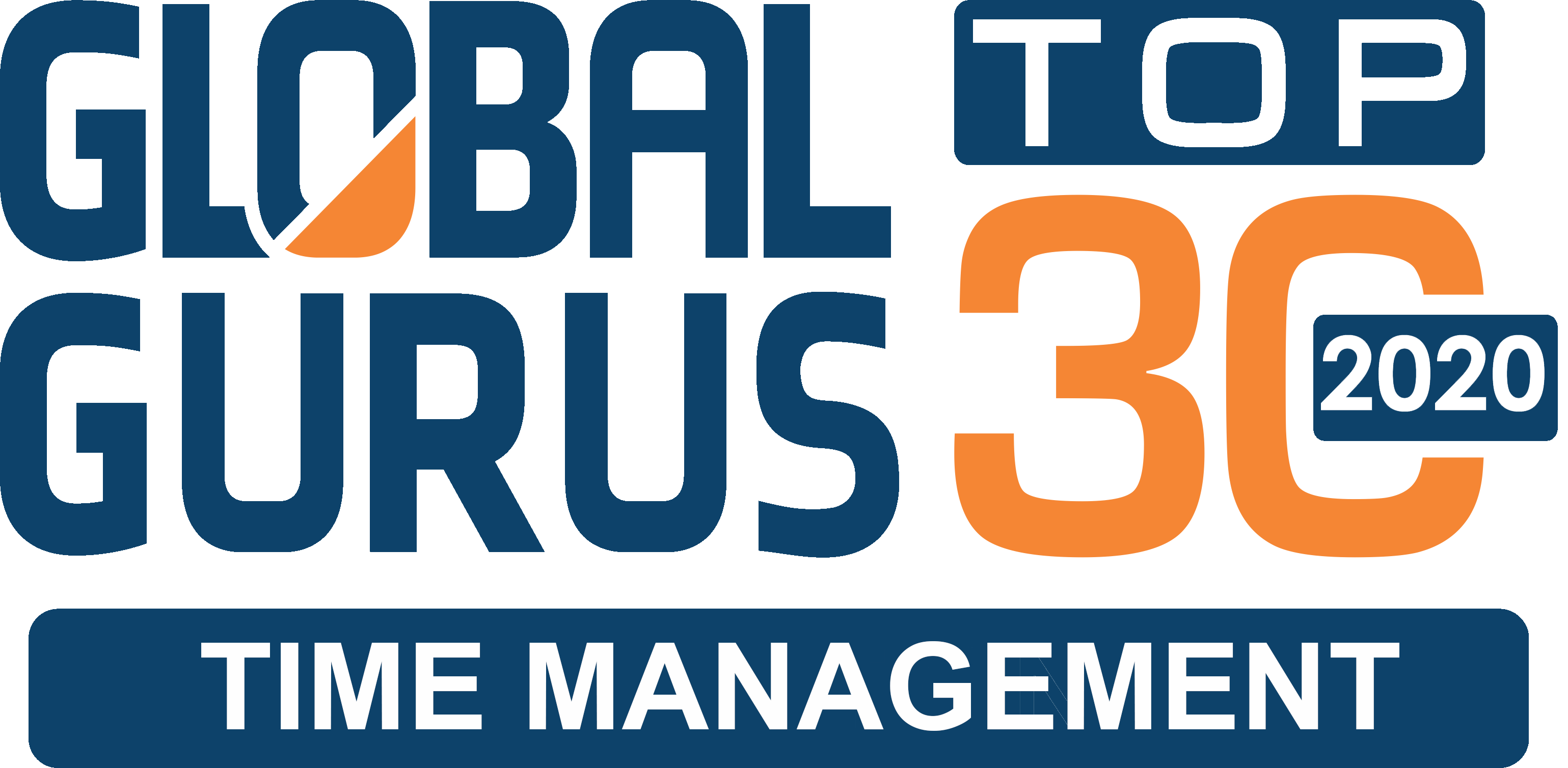“No one can whistle a symphony. It takes an orchestra to play it.” — H.E. Luccock, former Professor of Homiletics at Yale Divinity School.
In 1988, the great Peter Drucker predicted in a famous article, “The Coming of the New Organization,” that most organizations would have embraced cross-functionality within 20 years. In contrast to the purely functional ethic defined by Adam Smith and Frederick Taylor, businesses would more readily coordinate and share tasks across all levels, increasing response time for the customer’s benefit.
As visionary as he was, Drucker missed the boat here. While most business schools do emphasize the cross-functional approach nowadays, relatively few real-world organizations practice it in any significant way.
Indeed, corporate training often teaches the exact opposite, and most leaders accept team-first functionality as the norm. So despite paying lip service to organizational mission and vision, modern business structure encourages leaders to carve out individual fiefdoms rather than to integrate seamlessly across departments.
Hence informational silos, turf wars, internal sniping, and all the other obstacles that make corporate life such an adventure. Well, rather than letting those things hold your team and ultimately your organization back, try to SEARCH for ways to better align your team efforts with overall organizational objectives.
Here are some ideas:
1. Share. Information silos, whether deliberate or resulting from incompatible systems, plague modern business and probably cost us billions per year. Make sincere efforts to communicate laterally across teams and departments. Open up those silos, so the grain spills out to all who need it.
2. Empathize. Have you become so focused on your team’s needs you’ve lost track of the organization’s overall goals? Stop and think about the needs of other groups, and consider how much more you and your co-leaders might accomplish if you actively attempted to help each other. Think about how any action or decision will impact another and have conversation around it before you pull the trigger.
3. Appreciate. Instead of belittling HR or subcontracting for how little their accomplishments matter compared to yours, try to understand and appreciate their existence. The org chart includes them for a reason, even if it isn’t obvious to you. Consider the pancreas in the human body, which doesn’t seem important at first glance; yet if just a few cells within it stop producing insulin, diabetes strikes. It’s kind of a yucky analogy, but that odd department you’ve never really understood may just be the pancreas of your organization.
4. Respect. Once you’ve taken the time to understand and appreciate other teams, learn to respect what they do. Reach out and connect with them, so you can better serve each other. Whenever feasible, attend their big meetings, so you can acquire better knowledge of their inner workings and needs. Find ways you can reduce redundancy or save them time.
5. Change. Mutually beneficial relationships founded on sharing, respect, and appreciation drive cross-functional thinking, which in turn drive organizational flexibility and a better bottom line. So do everything in your power to encourage a shift to cross-functional thinking. Emphasize how moving forward with a more holistic strategy is in everyone’s best interest.
6. Heal. Sure, the old-school functional methodology gets you by—the same way a crutch does when you have a broken a leg. Isn’t it better to have two healthy legs than to keep limping along? Functional thinking is prone to brittle self-absorption, causing breaks across the organizational structure. Open, honest cross-functionality helps reset those breaks so you can all move forward more easily.
The Yellow Brick Road
At some point, you’ll hit a fork in your organizational path. You could keep following the well-travelled dirt road of functionality, but doesn’t it make more sense to take the yellow brick road to a cross-functional future? After all, those yellow bricks may be made of gold. The cross-fertilization and new viewpoints that emerge from true teamwork can prove insanely profitable. So stop wasting your team’s potential to achieve greatness and unleash cross-functional thinking in your working life!




[…] See on http://www.theproductivitypro.com […]